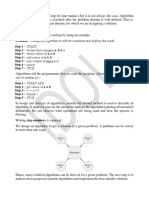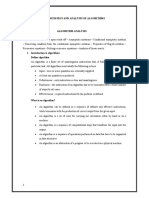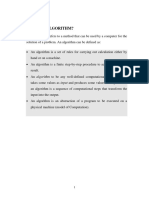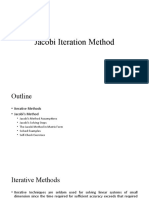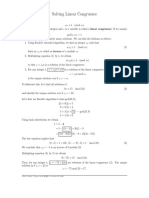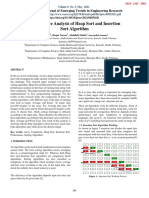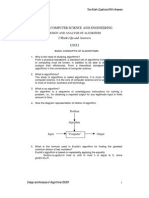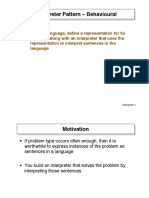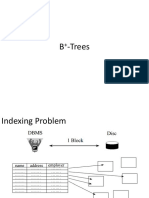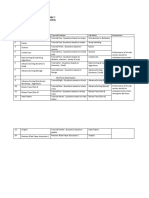0% found this document useful (0 votes)
7 views11 pagesUnit - 1 Basics of Analysis of An Algorithm
The document provides an overview of algorithms, defining them as sequences of steps to solve problems with specific properties such as non-ambiguity, multiplicity, and finiteness. It discusses the analysis of algorithms in terms of time and space complexity, explaining best, average, and worst case scenarios for performance evaluation. Key concepts include the importance of efficiency and the need for clear input specifications to avoid infinite states.
Uploaded by
Yashvant SolankiCopyright
© © All Rights Reserved
We take content rights seriously. If you suspect this is your content, claim it here.
Available Formats
Download as PPTX, PDF, TXT or read online on Scribd
0% found this document useful (0 votes)
7 views11 pagesUnit - 1 Basics of Analysis of An Algorithm
The document provides an overview of algorithms, defining them as sequences of steps to solve problems with specific properties such as non-ambiguity, multiplicity, and finiteness. It discusses the analysis of algorithms in terms of time and space complexity, explaining best, average, and worst case scenarios for performance evaluation. Key concepts include the importance of efficiency and the need for clear input specifications to avoid infinite states.
Uploaded by
Yashvant SolankiCopyright
© © All Rights Reserved
We take content rights seriously. If you suspect this is your content, claim it here.
Available Formats
Download as PPTX, PDF, TXT or read online on Scribd
/ 11


























